The European Space Agency’s JUICE spacecraft recently performed a breathtaking flyby of the moon, capturing incredible images and data. These new perspectives are shedding light on the moon’s landscape like never before.
The flyby also plays a crucial role in JUICE’s larger mission to explore Jupiter’s icy moons.
What is JUICE? Exploring Jupiter’s Mysterious Moons
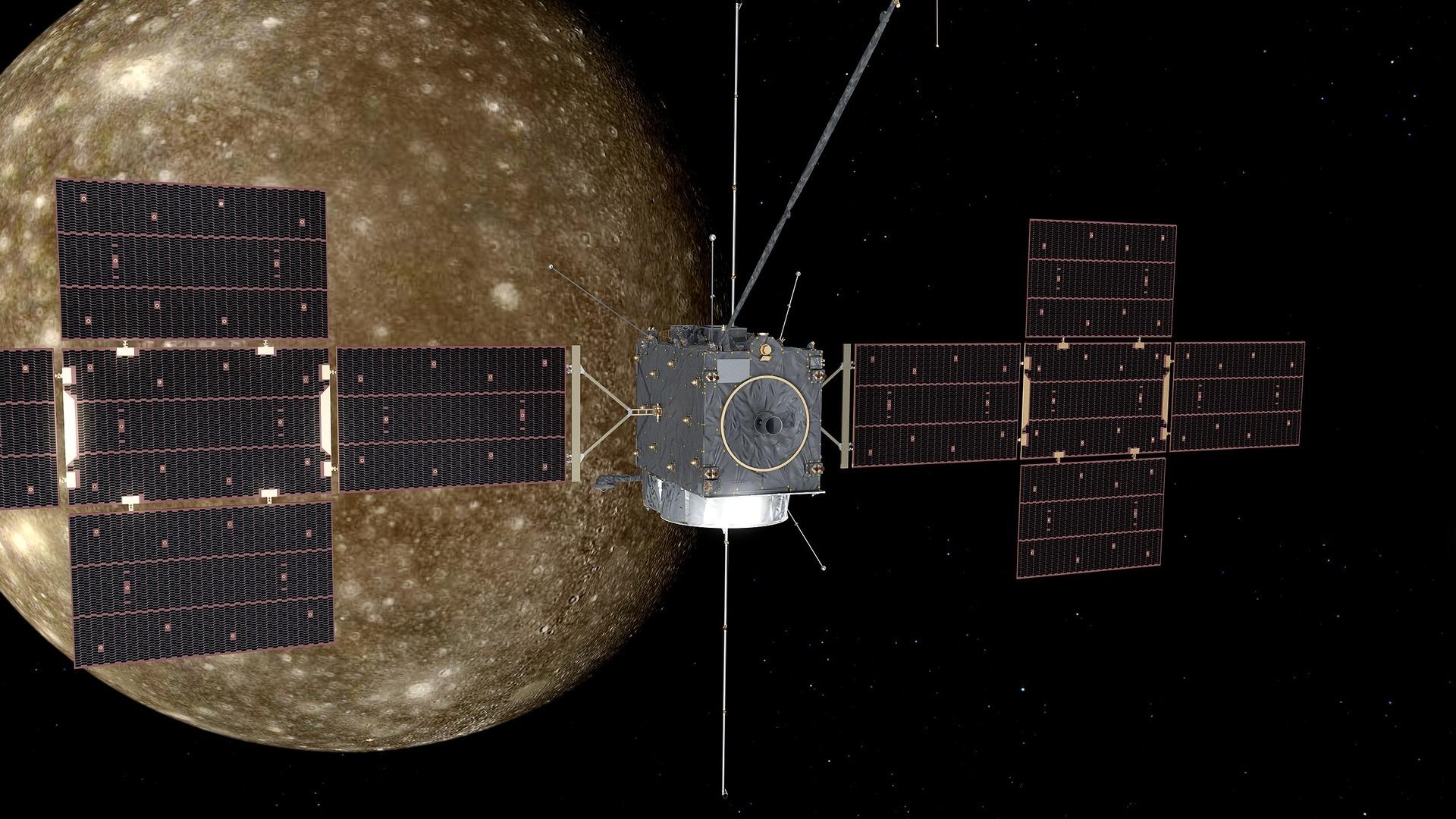
JUICE is a European Space Agency (ESA) mission designed to explore Jupiter and its largest moons, including Europa and Ganymede. The spacecraft’s journey includes gravity assists from Earth and the moon to propel it toward the giant planet.
This moon flyby is just one step on its seven-year journey to the gas giant.
Moon Flyby: A Gravity Assist for the Ages
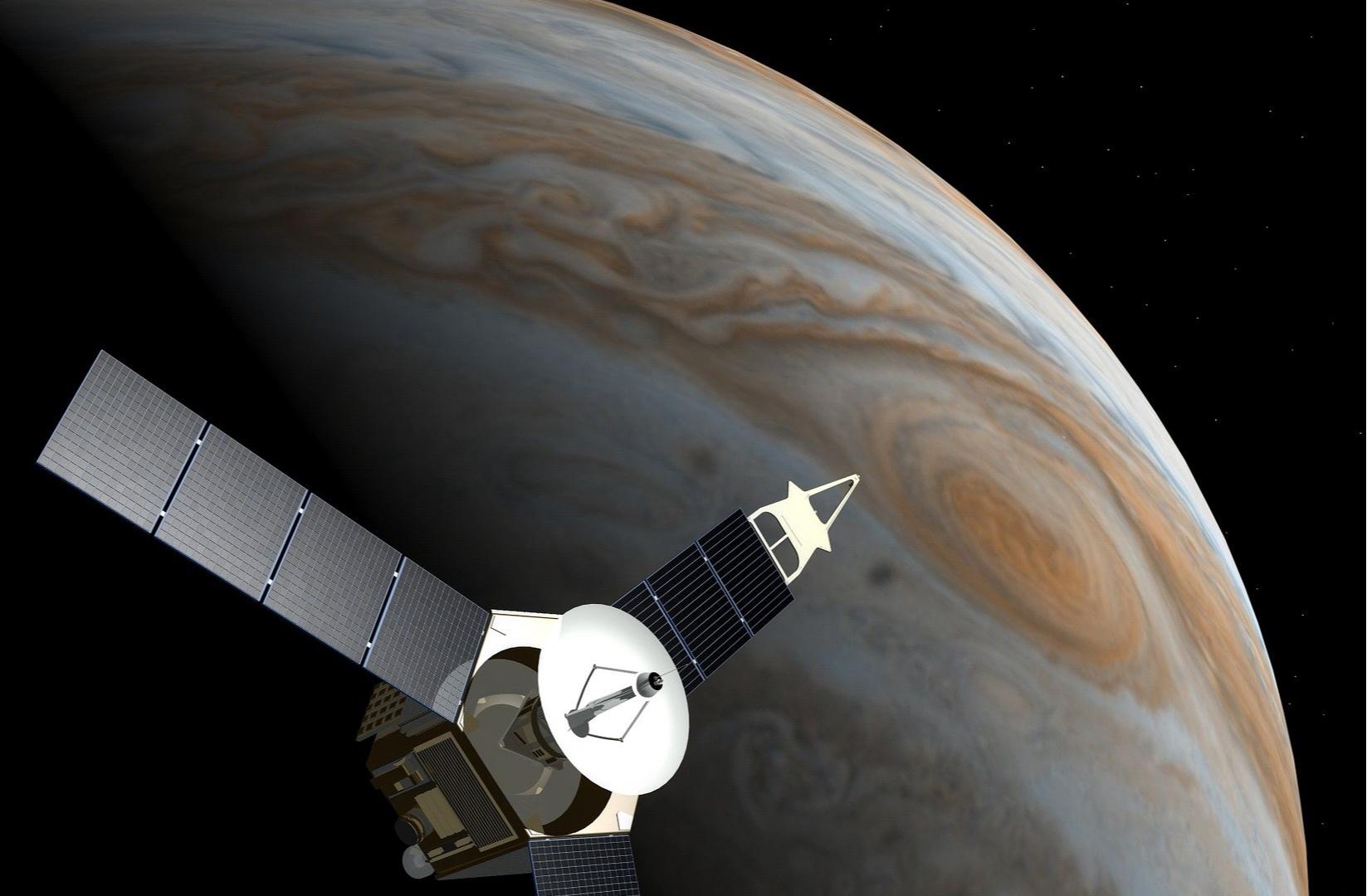
During the flyby, JUICE used the moon’s gravity to adjust its trajectory and gain the momentum needed to reach Jupiter. This clever use of the moon’s pull is an essential part of the spacecraft’s long-term mission plan.
Without this flyby, JUICE wouldn’t have the speed required to reach its final destination.
Never Before Seen Images of the Moon’s Surface
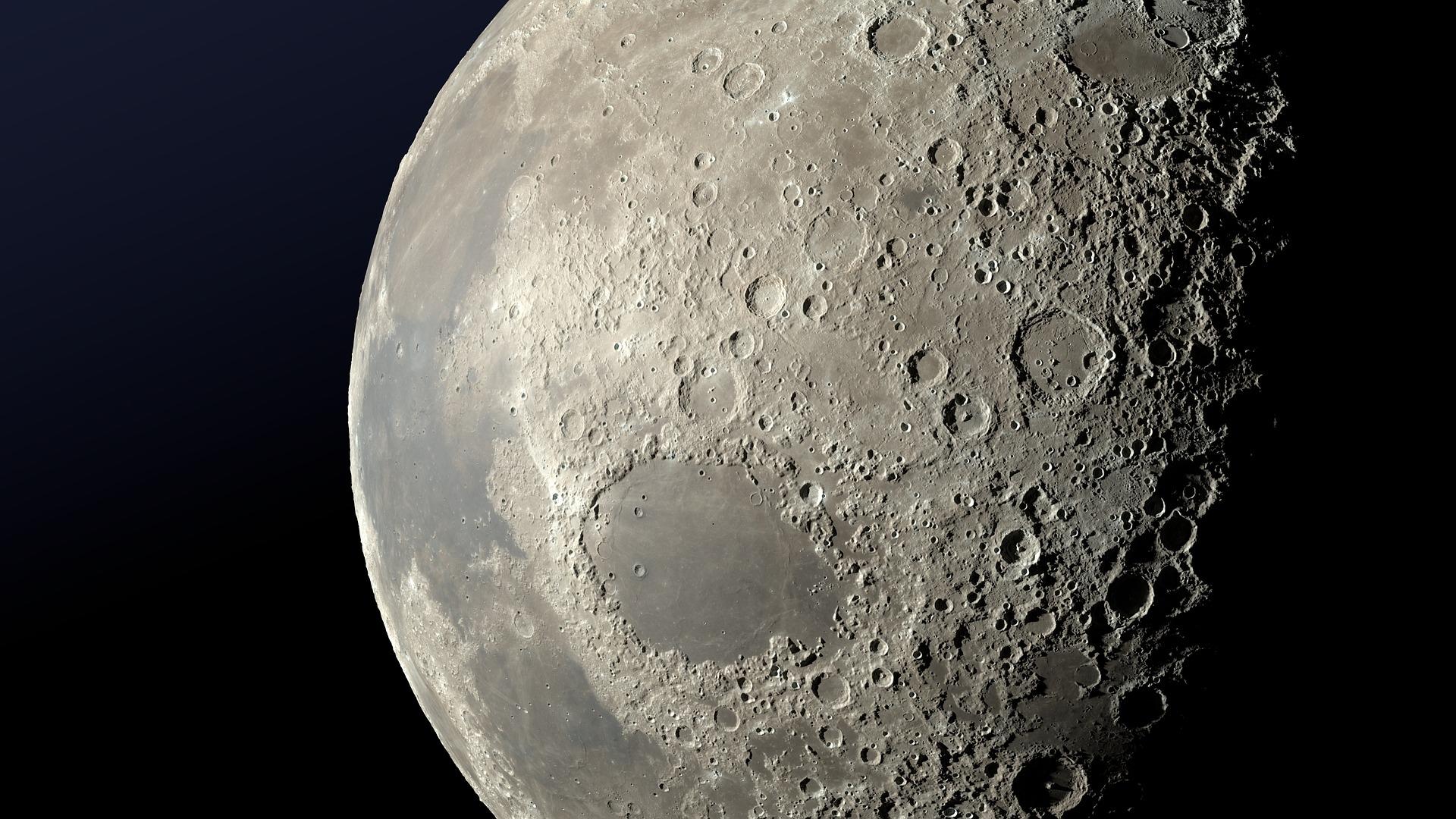
JUICE’s flyby provided us with unique images of the moon’s surface, revealing details of craters and terrain that hadn’t been seen in such clarity before. These images offer valuable insights into the moon’s history and composition.
These images will be studied for years to come, offering fresh perspectives on lunar geology.
Why the Moon Flyby Matters for the Mission
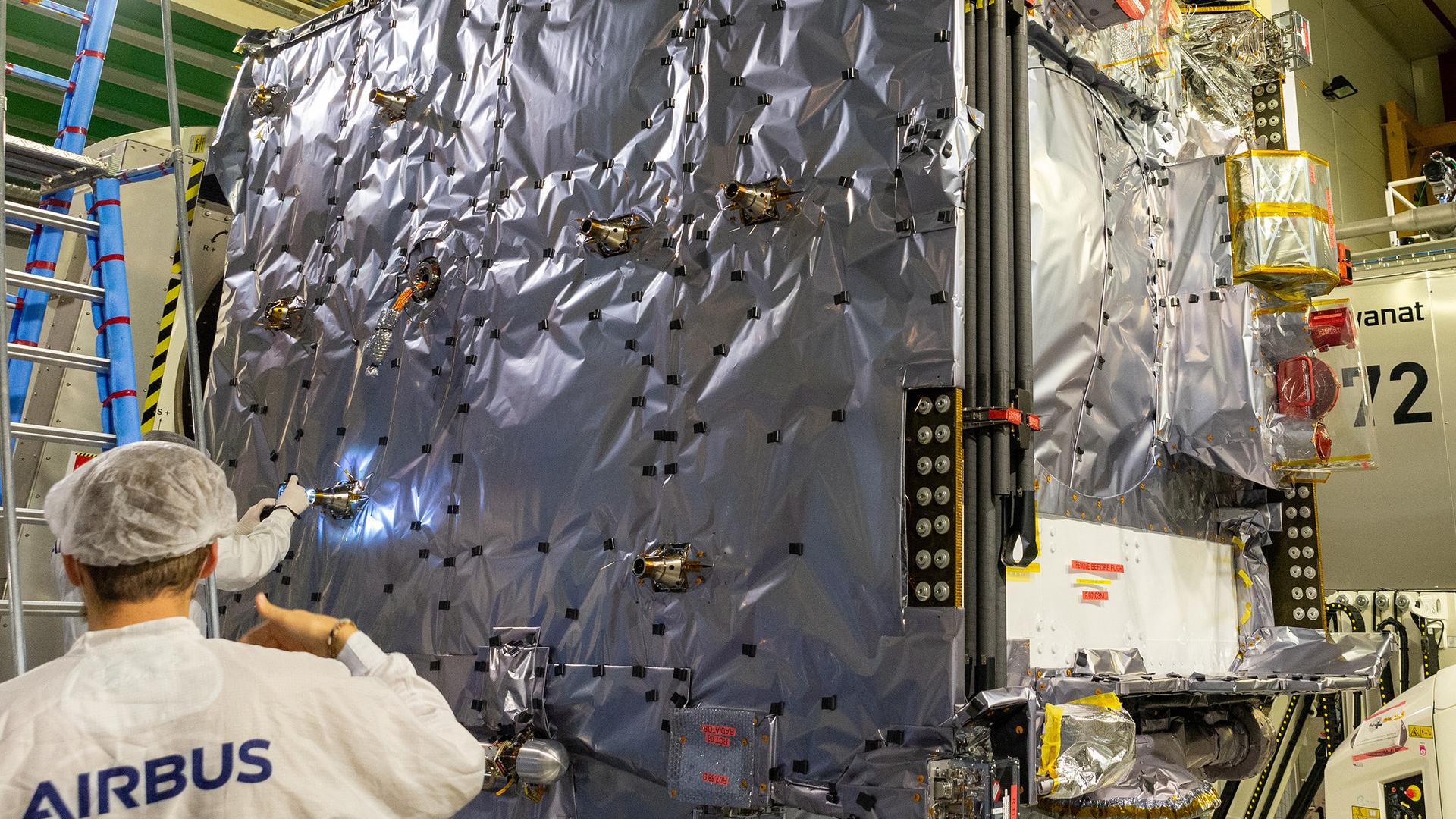
The moon flyby wasn’t just about the view—it’s a crucial part of JUICE’s mission to gather enough speed for its journey to Jupiter. Gravity assists like these are vital for conserving fuel and ensuring the spacecraft reaches its destination.
This technique showcases the precision and planning that goes into space exploration.
The Science Behind JUICE’s Lunar Images
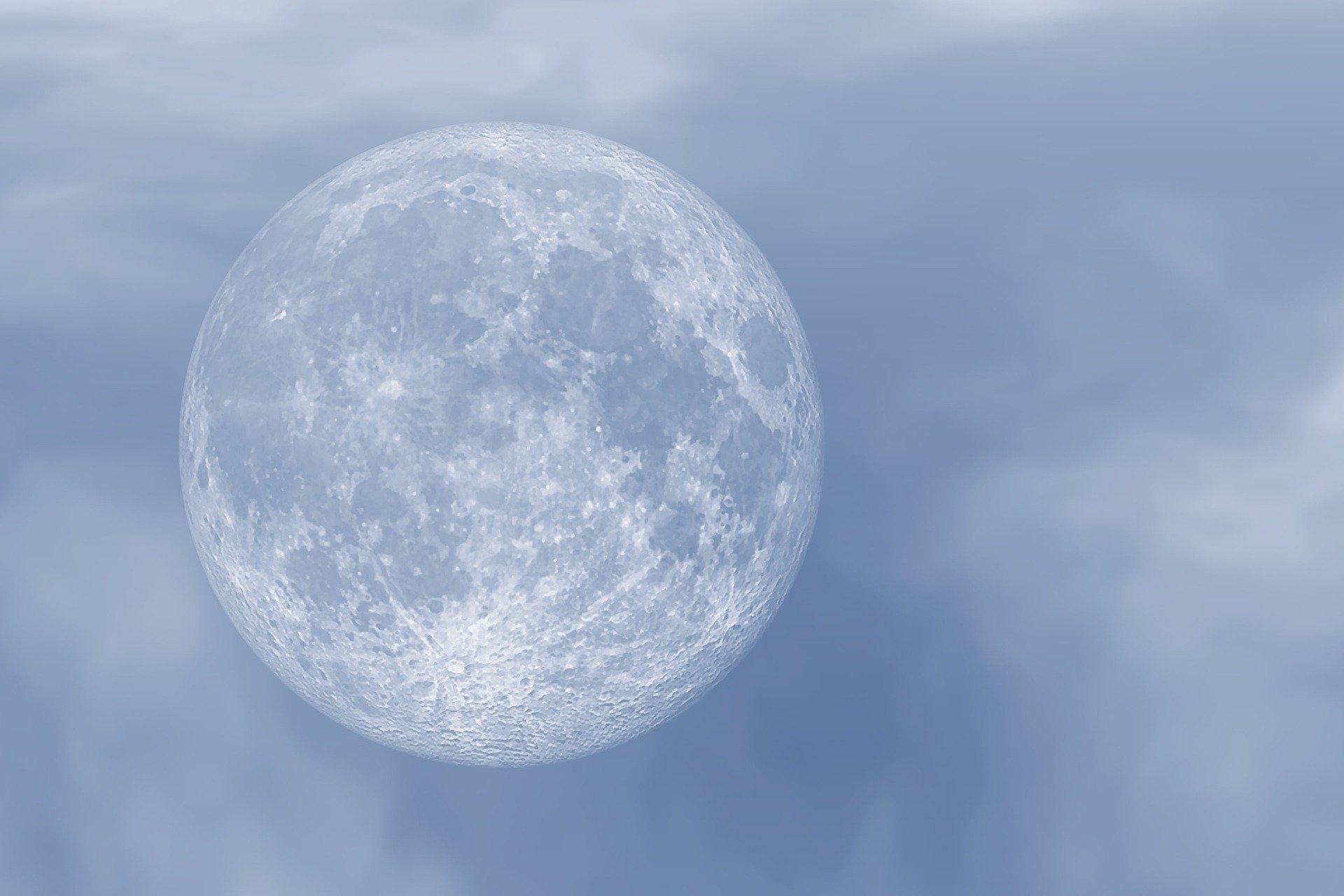
The data collected from JUICE’s flyby goes beyond pretty pictures. Scientists will analyze these images to learn more about the moon’s surface, looking for signs of geological activity and history hidden in the lunar landscape.
This research could contribute to future lunar missions, including potential colonization efforts.
JUICE’s Long Road to Jupiter

Though the moon flyby is a milestone, JUICE still has a long way to go before it reaches Jupiter. The spacecraft will make several more flybys of Earth and Venus, gradually picking up speed as it heads toward its ultimate destination.
Every flyby brings JUICE closer to its goal: exploring the icy moons of Jupiter.
What JUICE Hopes to Discover on Jupiter’s Moons

The moons of Jupiter, especially Europa and Ganymede, are of great interest to scientists because they may harbor liquid water beneath their icy surfaces. JUICE will study these moons in detail, searching for signs of potential life.
This mission could unlock the secrets of some of the most intriguing worlds in our solar system.
What’s Next for the JUICE Mission?
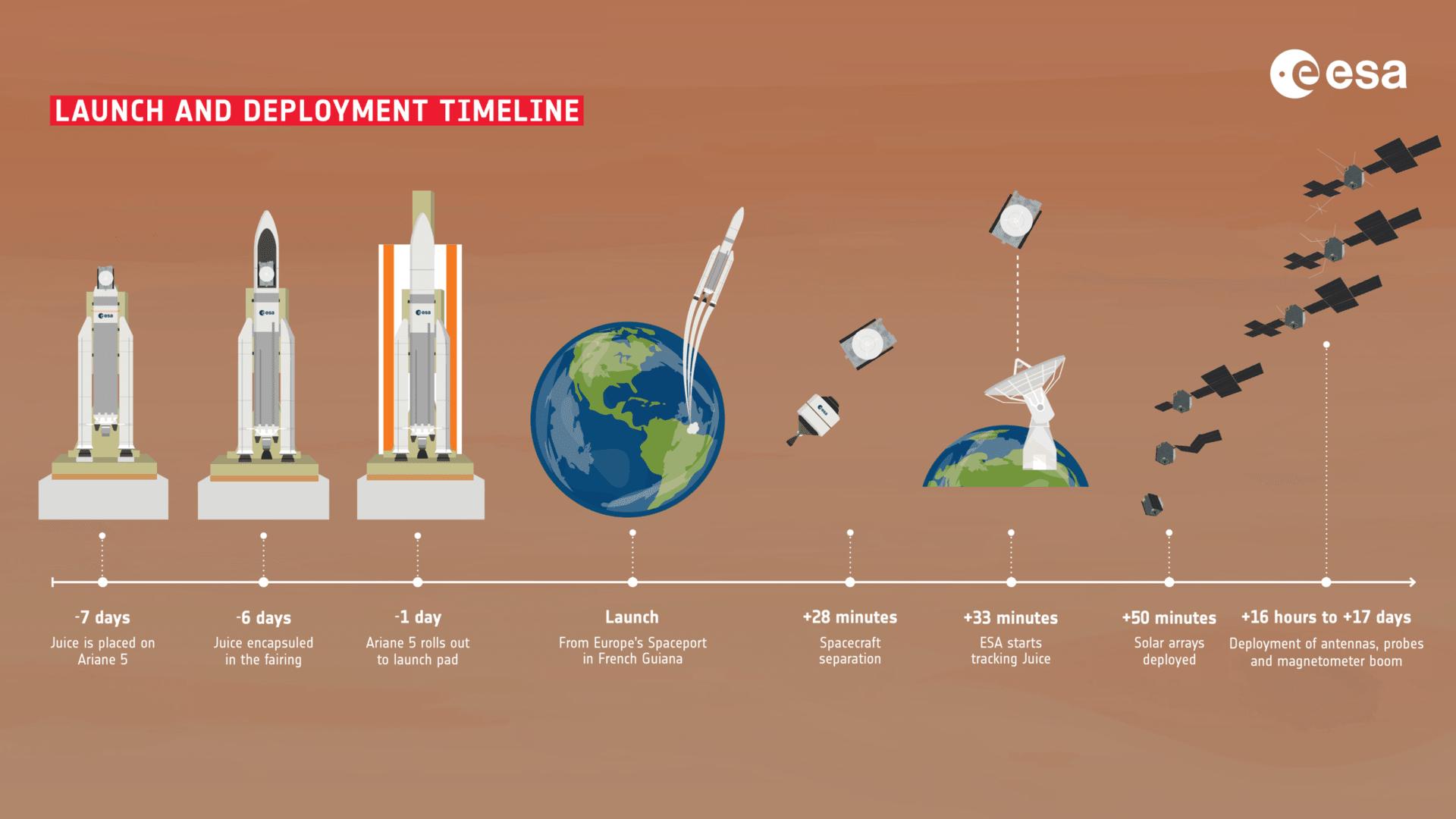
After this successful flyby, JUICE will continue its journey, with further gravity assists and more scientific data collection on the way. The mission is on track, and excitement is building for its arrival at Jupiter in 2031.
Scientists eagerly await the wealth of information that JUICE will uncover.
The Significance of JUICE’s Journey in Space Exploration

JUICE’s mission represents the pinnacle of human ingenuity, using gravity assists and advanced technology to explore the farthest reaches of our solar system. The data gathered will enhance our understanding of both the moon and Jupiter’s moons, paving the way for future exploration.
This mission reminds us of the endless possibilities that await in the cosmos.

